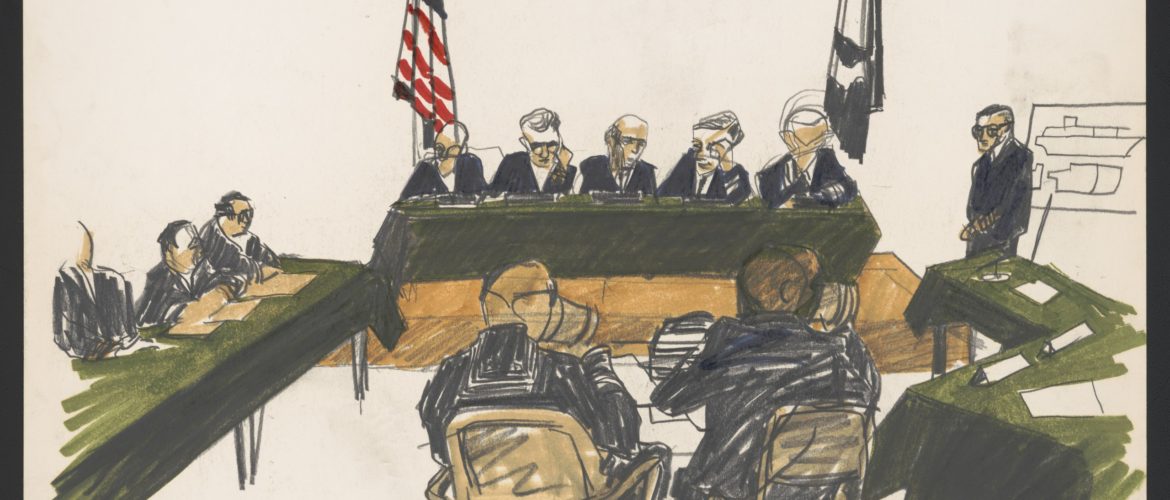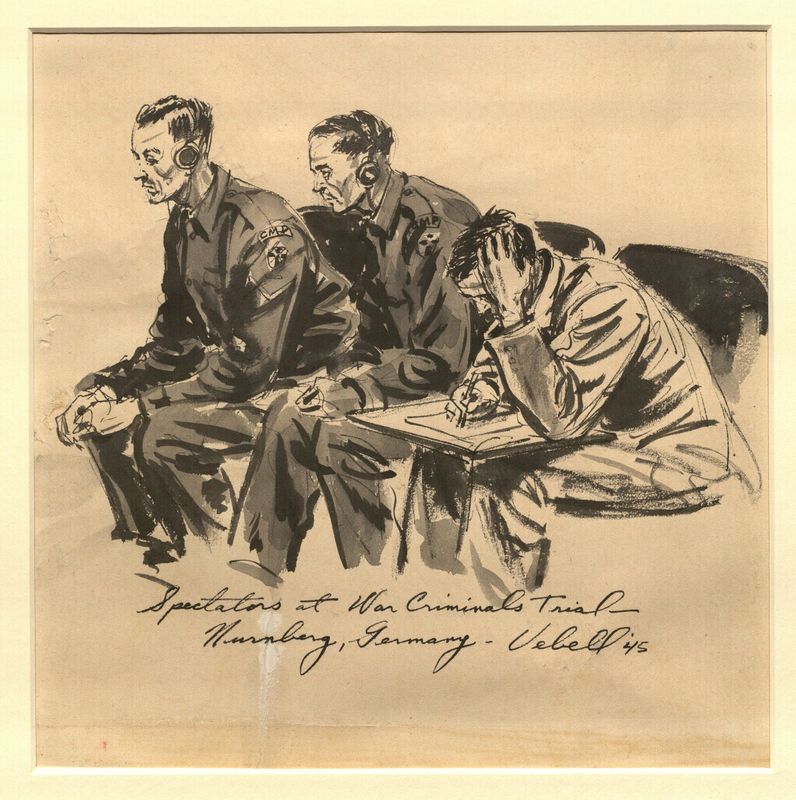Courtroom Sketches: A Practical Art Form with a Long Tradition

Illustrations are typically something you see in books and magazines. But did you know they can also be part of a judicial proceeding? In the US, the art of courtroom sketches is still alive and active. While the setting in which these unusual works of art are created is expectedly strict, courtroom illustrations are not necessarily boring drawings, merely documenting the process.
Courtroom Sketches: A Practical Art Form with a Long Tradition
Courtroom sketches are illustrations that are typically drawn during the proceedings. In some parts of the United States, there are designated areas for artists in courtrooms. The American tradition of sketching trials dates back to the beginning of the 19th century, back when cameras did not even exist. After the proceedings were over, the sketches were published in newspapers as illustrations.
Today, drawings of juridical proceedings are still commonly used in parts of the country where cameras are prohibited in courtrooms. Sketches of former US President Donald Trump are some of the most well-known modern-day examples of courtroom art. They have elicited various reactions, with some people going as far as calling them ‘a travesty.’ The thing is, most of the time, courtroom drawings are not exactly a realistic portrayal of the proceedings. They are stylistically closer to book illustrations than traditional life drawings, with the personalities of the participants and even the opinions of the artist often shining through.
Due to the specifics of the genre, there are historical courtroom illustrations that record quite disturbing trials. For example, there is a drawing of the observers, created during the Nurnberg Trials, a juridical process carried out against the German Nazi soldiers. Such gruesome scenes obviously do not have the same artistic features as some lighter drawings of similar fashion. However, one can definitely say that these works of art still manage to capture the tone and mood of the situation.
While courtroom sketches can be seen as documents, they are also undeniably works of art. Some artists who worked only in this genre became known for their ability to capture the atmosphere of the courtroom concisely, without resorting to mockery of the juridical process. At the same time, such pieces demonstrated the skill and unique artistic style of the artist who created them.

